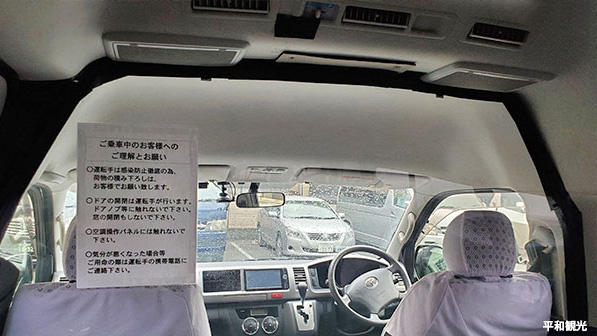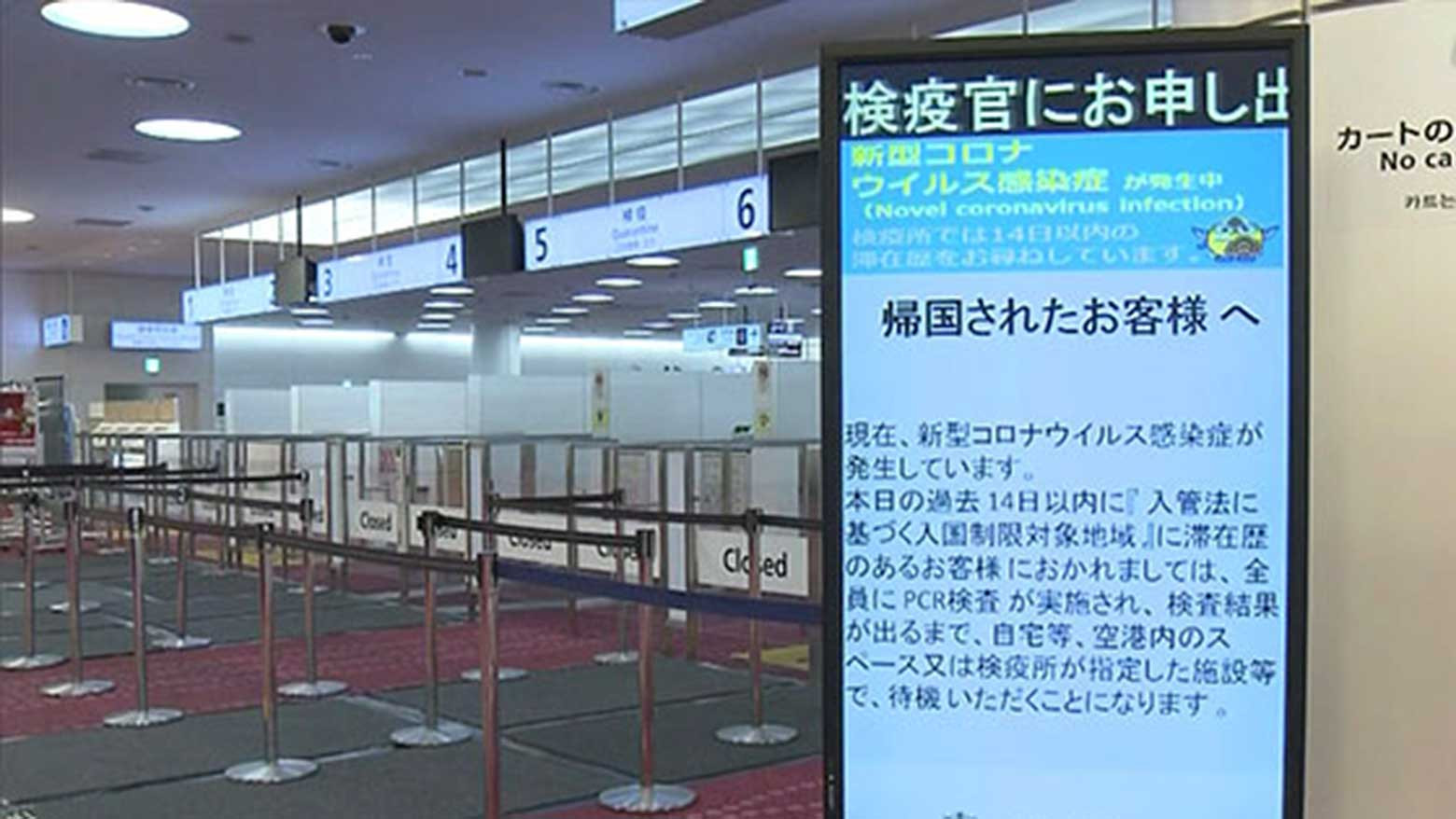In October, the Japanese government allowed entry for foreigners with medium and long-term residence status. It had already eased restrictions for businesspeople from countries and regions including Singapore, South Korea and Vietnam – with China expected next.
Economic Revitalization Minister Nishimura Yasutoshi said on October 16, that the government "will gradually expand economic activities and cross-border travel" while "taking all possible measures at the border". He is in charge of Japan's response to the coronavirus.
Currently, none of the eased restrictions apply to tourists, who remain barred from entry.
Tests, transport, and contact tracing
For those who are eligible to enter Japan, my recent homecoming might be instructive on what to expect. I returned early in the morning on September 11 after three years as an NHK correspondent in Australia.
Upon landing at Tokyo's Haneda Airport, I was led to a testing area. The airport used to conduct PCR tests, which often take hours to produce results. People had to stay in designated hotels or other approved places if the results were not available on the same day. But in late July, the airport started to use saliva-based antigen tests, drastically reducing the waiting time. Mine took about 30 minutes.

If travelers test negative, they need to detail where they will stay during the 14-day quarantine period, and whether they have secured an approved means of transportation to get there. They are then given a pink document that allows them to move to immigration.
I quickly cleared immigration and customs, with the whole process – including the testing procedures – taking only about an hour and a half.
Next, I had to get to my home in Tokyo, where I would remain in quarantine for 14 days. Arrivals are not allowed to use trains, buses and taxis. Transportation methods are strictly limited and include hired cars that meet health ministry standards. The one I took featured a transparent partition between the front and rear seats. The driver only picks up airport arrivals and does not have any other passengers.

The 14-day quarantine – whether at home, in a hotel or someplace else – actually lasts for 15 days, including the day of your arrival. You are also required to frequently report your health condition by e-mail, phone or LINE messenger service to officials during the period.
For short-term business travelers from Singapore and South Korea, things are a little different. They can conduct limited business activities during the 14-day period under certain conditions, which include submitting negative pre-entry test results and activity plans. Those travelers must also sign up to a coronavirus contact-tracing app known as COCOA, and report their health condition via LINE.

The government is now aiming to lift quarantine requirements for business travelers on short stays of up to 72 hours. That could happen as early as next month, and would apply to foreigners coming from countries and regions where the coronavirus outbreak is largely under control.
Traveling from Japan may also become easier. Narita Airport is opening the nation's first outbound PCR test center on November 2. It will reportedly operate around the clock, with a capacity of about 700 tests per day.

